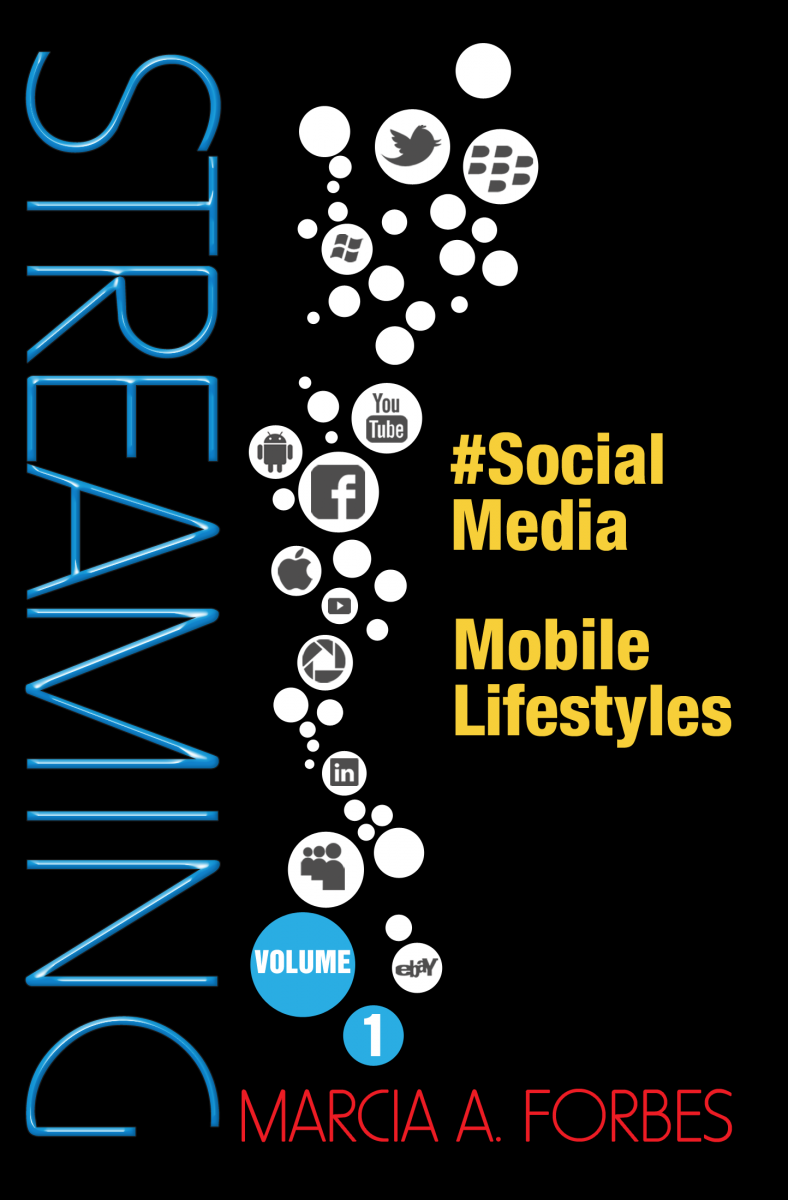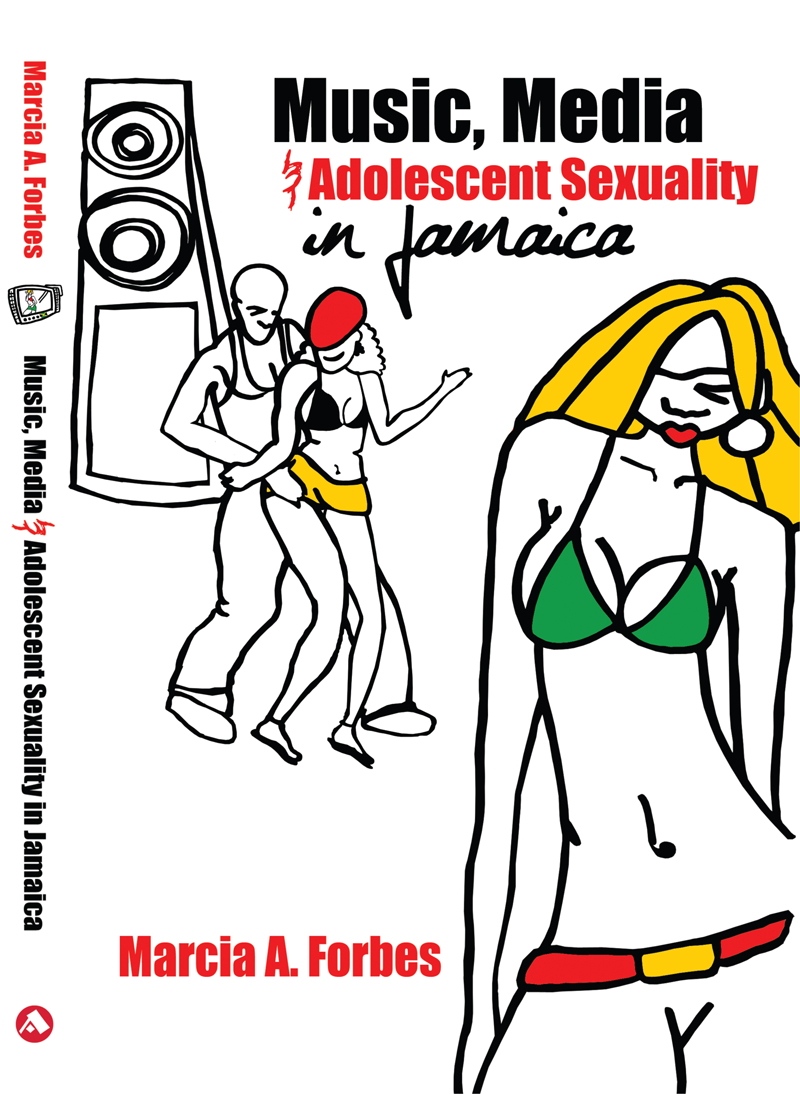About ‘Music, Media & Adolescent Sexuality in Jamaica’ (2010)

Rationale for the Book
Music and media are vital aspects of the lives of not only adolescents but of people in general. While music can be described as food for the soul, media continues to weave its way into every aspect of our life. The music video relates to both music and media and sits at the vanguard of youth culture. However, over the years this important programme genre has become increasingly replete with sex. It has been noted that research into the teens, sex and music would benefit from a “framework that focuses on what young people themselves say about the meanings of the music” (Brown, Steele & Walsh-Childers 2002: 259). Music, Media & Adolescent Sexuality in Jamaica does just that. In this book Jamaican adolescents talk about the nature of their relationships with music videos and the ways in which this programme genre helps them to create their self, social and sexual identities.
Scope of Book
Music, Media & Adolescent Sexuality in Jamaica represents a first of its kind in Jamaica and the wider Caribbean region. A key product of regional and international popular culture, the music video, is examined in relation to its key consumers, adolescents. The empirical data generated from the research project points to the ways in which music videos serve different functions and exert a variety of influences (some quite positive) on the lives of young Jamaicans, particularly as it relates to their sexual attitudes and practices. The ways in which gender, age, family structure and economic conditions mediate the nature of the relationships and how adolescents engage with music videos are explicated, as too the manner in which access to information communication technologies influence how much and what types of television content in generalare consumed.
Coming out of focus group sessions, in-depth interviews, observation and a survey it becomes clear that Jamaican adolescents live in a highly sexualized society. The music video is just one agent of this sexualization. Several others co-exist alongside videos. Together they work to normalize early initiation of sex and to desensitize young persons to unhealthy and or potentially harmful sexual practices. Yet independent of other variables, there is no gainsaying the influence of music videos on adolescent sexuality in this island. This is borne out in the numerous and persistent levels of direct correlations between heavy consumption of music videos and sexual attitudes and behaviours. Driven by the views of the adolescents and findings from the survey, Jamaican dancehall and reggae music and videos as well as American hip hop/rap come in for substantial attention in this book, specifically the ways in which heavy consumption of these genres can influences youth into a culture of sex.
Based on the interest in youth culture and on issues relating to media, sex and sexuality internationally, coupled with the popularity of Jamaica’s reggae and dancehall music across much of the Caribbean and even in specific sections of the wider world, this book’s usefulness extends far beyond Jamaica. Furthermore, although data gathering was conducted in Jamaica, the book situates the discourse at an international level, pulling on the work of others across several countries. Music, Media & Adolescent Sexuality in Jamaica is timely, given the international focus on Jamaica. Independent reviewers have signaled the value of this book to university courses across several disciplines as well as to a more general readership.
General Information
Music, Media & Adolescent Sexuality in Jamaica, a 207 page book, is written, as the author highlights on her dedication page, “in honour of the youths of Jamaica who, (she) trust(s), will gain something by reading it and in so doing will watch music videos and television with a more critical and discerning eye.”
This book, published in October 2010, is not a work of fiction. It is based on Dr. Marcia Forbes’ PhD thesis, a rigorous research process which involved almost 550 adolescents across 6 parishes and more than 21 schools in Jamaica. Data were collected via focus group sessions, in-depth interviews and a survey over the period 2004 to 2007. The book examines the ways in which Jamaican youth are interfacing with television, in particular music videos, and the ways in which these interactions are influencing their sexual attitudes and behaviours.
Music, Media & Adolescent Sexuality in Jamaica substantially reports what adolescents themselves had to say about watching TV and in particular watching music videos, a programme genre which stands at the vanguard of youth culture. Beyond simply reporting their views, the author engages the reader in easy to read yet in-depth, sensitive analysis of the thorny topic of media’s influence on youth identity and sexuality. Although its title specifically situates Jamaica, the book’s content pulls on the work of others in several countries, including the UK, USA and the wider Caribbean.
Situated within the wider discourse of media influence and rapidly evolving information communication technologies, with Foreword by Professor Barry Chevannes, this book has been described by university reviewers as “essential reading” for several university courses.
Parents, policy makers, teachers, students, including older adolescents and those at university level pursuing Cultural /Caribbean, Communication/Media, Gender and or Youth studies, who want to understand some of the issues pertaining to media influence can benefit immensely from reading Music, Media & Adolescent Sexuality in Jamaica.
For further information contact:
Marcia Forbes
876 924 2015
876 361 1643 (mobile)
[email protected]
[email protected]


